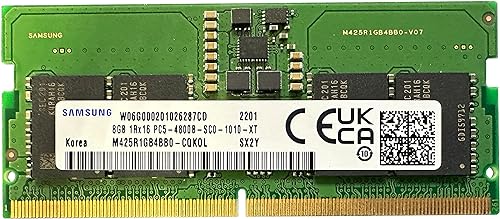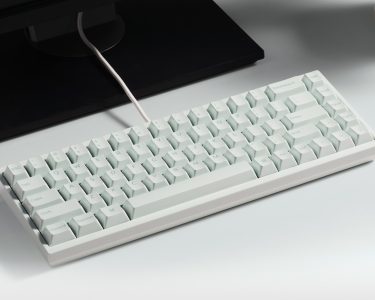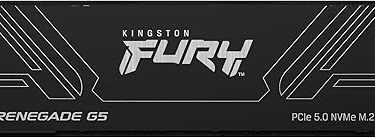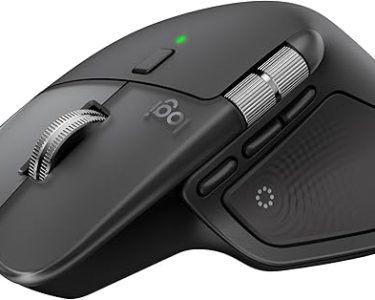It might be challenging to strike a balance when choosing the specifications for a new laptop or an upgrade. To avoid future misery, you should spend just enough money to make sure you use all of the hardware you receive.
RAM, or memory, is the ideal illustration of this. RAM is used by your PC to temporarily store data. The system memory, not your SSD or HDD, is where the data is kept when you launch apps, work on big files in Photoshop, or simply manage numerous tabs in your browser. Your RAM should increase as you perform more memory-intensive tasks. It will maintain your computer’s speed and responsiveness.
While many laptop buyers are aware of this, they may not know exactly how much to purchase. We have therefore outlined what to anticipate from typical RAM configurations and included some buying strategy advice at the conclusion.
For a laptop, is 2GB of RAM Good?
2GB of RAM will feel inadequate for most current Windows machines. It won’t be possible for you to run many apps at once, much less have multiple tabs open in your browser. For good reason, the majority of Windows laptops these days ship with 4GB as standard configuration.
(As for Apple laptops, even 4GB RAM is no longer considered standard.)
In the unlikely event that you come across a laptop with just 2GB RAM—possibly a used, older, low-end model—it will only be beneficial if you can quickly update it to 4GB RAM or more. This means that the laptop should have SODIMM slots that are accessible to the user, preferably with one empty so you may install another module right away.
You can still only have a limited number of open browser tabs on Chromebooks with 2GB of RAM, but that’s a manageable level. To allow for future upgrades, we advise you to get a model with expandable memory (user-accessible SODIMM slots).





